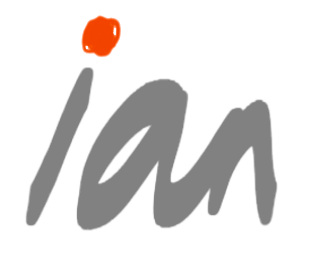Wind in the Willows

“Wind in the Willows” – a cartoon that illustrates how the speed of Quantum technology advances should be matched by the same considerations there exist around AI safety.
Last week, Google advanced the quantum computing race with its unveiling of the “Willow” chip, featuring enhanced error correction – a crucial stride toward “logical qubits,” the foundation of functional quantum computers.
Willow performed a standard benchmark computation in under five minutes that would take one of today’s fastest supercomputers 10 septillion years – a number that vastly exceeds the age of the universe.
Though the era of quantum machines capable of dismantling modern encryption remains distant, requiring thousands of qubits, experts suggest this reality could materialize within five to ten years.
For consumers who think “pa55w0rd” is sufficient to secure their personal data, this means all their personal data will be peeled open as simply as opening a can of sardines.
Businesses that rely on cryptography, such as bitcoin, would be at risk. For example, bad actors could use quantum computers to steal funds by deriving the private keys from the exposed public keys when a user moves funds in their Bitcoin wallet.
To address this, there are now post-quantum cryptography solutions that secure data by relying on mathematical problems, such as lattice-based or hash-based constructions, that are computationally hard for both classical and quantum computers to solve.
These post-quantum solutions have been standardized by NIST (a U.S. standards organization), providing a clear plan for the transition.
17
5
1
Sources:
Timothy Papandreou (Dec 16, 2024) – Google’s Code-Cracking Quantum Leap: Here’s What It Means For Business – Forbes
Marco Quiroz-Gutierrez (Dec 11, 2024) – Google’s breakthrough Willow chip means we’ll get useful quantum computers sooner than some people thought – Fortune
Nimrod Lehavi (Dec 19, 2024) – Small Step Or Giant Leap? Assessing Google’s Quantum Threat To BTC – Forbes








